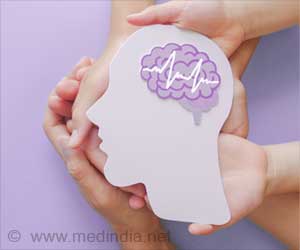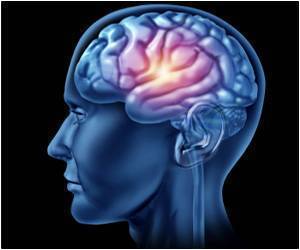A new study says that it's not the eyes, or sweaty brow or an elongated nose but the face of a person that tells the truth.
It's not the eyes, or sweaty brow or an elongated nose like that of Pinocchio, but the face of a person that can tell whether he or she is lying or not, says a new study.
Researchers at Dalhousie University's Forensic Psychology Lab in Halifax conducted the first detailed study on the secrets revealed when people put on a false face or inhibit various emotions, and found their faces told the truth.But instead of clues like shifty eyes or sweaty brows, their expression would crack briefly, allowing displays of true emotions such as happiness, sadness, disgust and fear to come through.
"The face and its musculature are so complex-so much more complex than anywhere else in our external bodies," says Leanne ten Brinke, a graduate student in experimental psychology who collaborated on the new research.
"There are some muscles in the face you can't control ... and those muscles won't be activated in the absence of genuine emotion-you just can't do it," Brinke added.
"If someone is telling a really important lie in which the consequences are dire, say life imprisonment, the lie will be revealed anyway. Because unlike body language, you can't monitor or completely control what's going on your face. This research was the first detailed experimental demonstration of the secrets revealed when people put on a 'false face', faking or inhibiting various universal emotions," Dr. Porter said.
In the research, the researchers enlisted adult participants to view images that ranged from happy (puppies playing) to fearful (a close-up of open-mouthed rabid dog) and disgusting (a severed hand) and were instructed to respond with genuine or deceptive emotional expressions. (For example, they'd be directed to smile when viewing the severed-hand photo.)
Advertisements
The results were that no one participant was able to falsify emotions perfectly. Odd or out-of-place expressions-such as smirking or rapid blinking in a supposedly sad face-were more likely to show up when the participant was attempting to be deceptive. Some emotions were harder to falsify than others: happiness is easier to fake than disgust or fear.
Advertisements
"The facial expression appears to crack and another emotion leaks on the face, however briefly," says Ms. ten Brinke.
"When you see a facial expression like this, you've got to probe with questions to find out why the person is feeling this way," she added.
The authors noted that most flashes of inconsistent emotion usually showed in either the upper or lower face only. Further, meaningless muscle twitches sometimes occurred even in genuine expressions, meaning that correct interpretation can only occur by following up with the right questions.
The study "Reading between the Lies: Identifying Concealed and Falsified Emotions in Universal Facial Expressions," is published in Psychological Science.
Source-ANI
SPH/K






